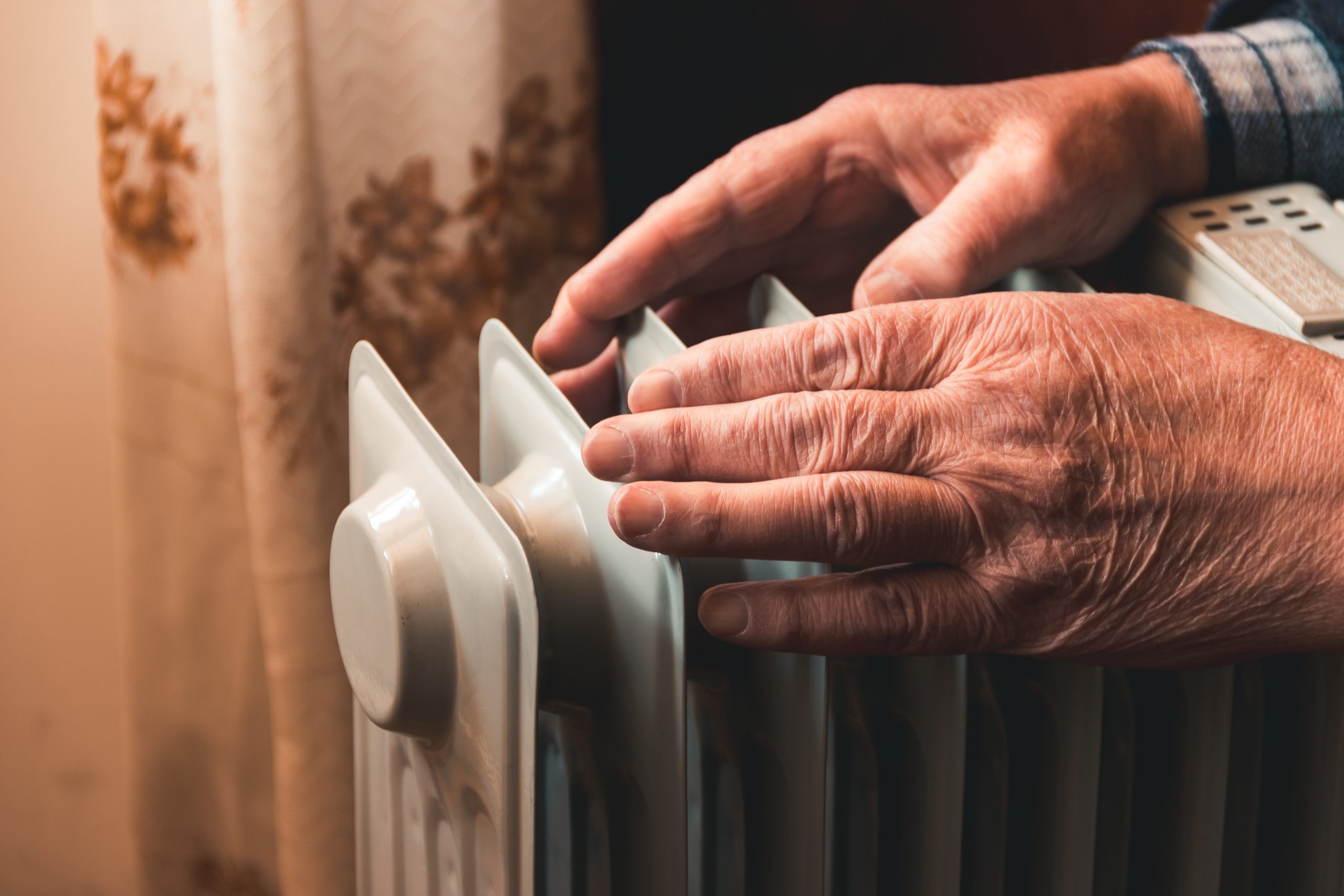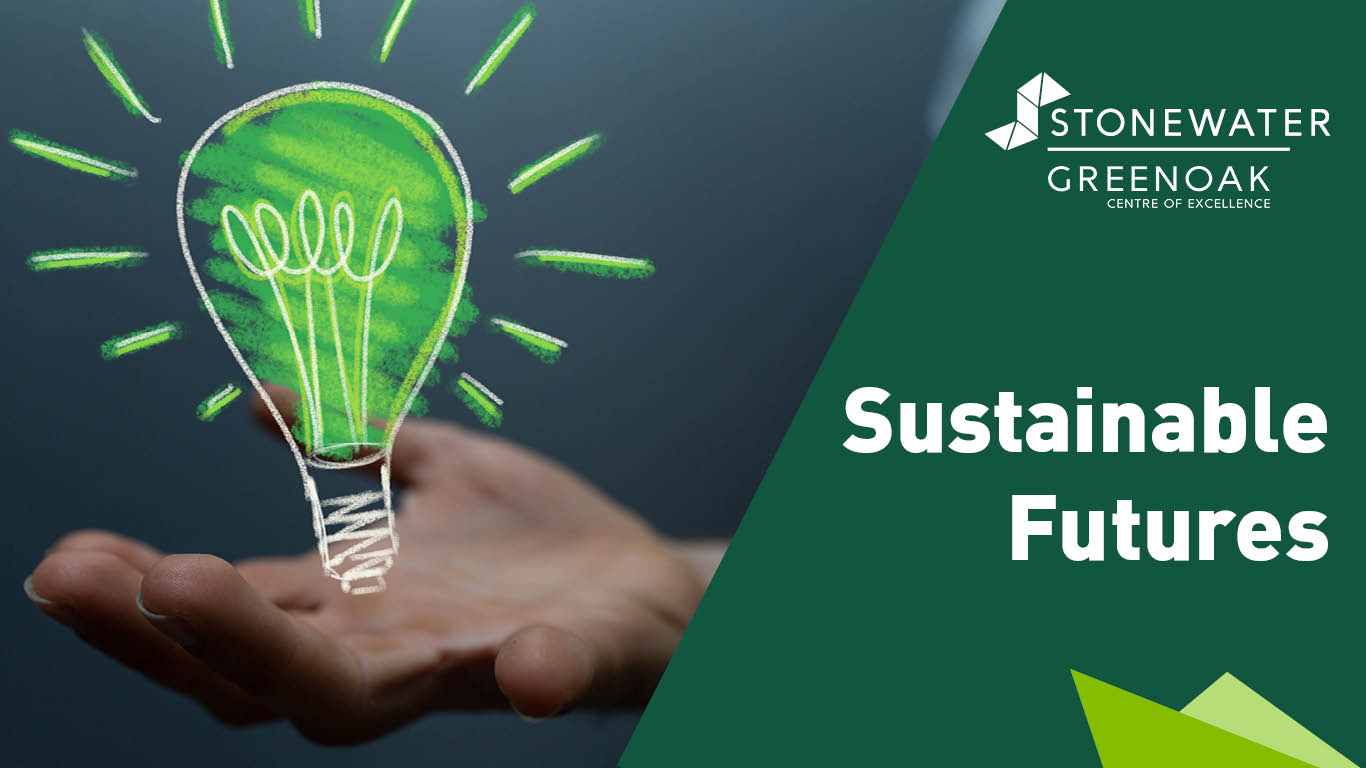Strategy Overhaul Required as Fuel Poverty Levels Flatline

Current policies to reduce fuel poverty have not continued a downward trajectory in fuel poor households. In addition, the Low Income, Low Energy Efficiency (LILEE) metric should be reviewed as it no longer captures the full range of households facing unaffordable bills.
Fuel poverty in England is flatlining rather than falling, according to the Committee on Fuel Poverty’s 2024 Annual Report, Can Fuel Poverty be Ended? In 2023, there were an estimated 13.0% of households (3.17 million) in fuel poverty in England under the Low Income Low Energy Efficiency metric, effectively unchanged from 13.1% in 2022 (3.18 million).
Chair, Rt Hon Caroline Flint said: “Governments from 2010 onwards saw levels of fuel poverty in England falling steadily for almost a decade – a reduction of 40%, only to be followed by 5 years from 2019 to 2024 where fuel poverty did not fall to any meaningful extent.
“There has been a stalling of progress – fuel poverty has flatlined. I don’t think any government anticipated this. Perhaps the stable energy prices for most of the 2010s created an optimism that fuel poverty would continue to fall for years to come. That optimism was misplaced.
“Last year, the Committee hoped that with the pandemic behind us, energy efficiency programmes would step up and progress would continue – even if the government’s milestones were at risk of being missed. Now, it seems the pandemic – when so much stopped – obscured the lack of progress being made.
“This report is not defeatist. The Committee believes fuel poverty can be beaten. But for too many low-income households, the unaffordability of bills, especially in the coldest months, is all too real. We foresee that targeted financial support, possibly including the use of social tariffs, for vulnerable and low-income households may be needed for some years to come.”
Measuring fuel poverty
The report states that ‘the increase in the amount added to the standing charge element of energy bills, a flat-rate charge incurred by even households with the lowest usage, is regressive in nature.’ Based on current energy price levels, targeted support to the fuel poor will remain important, and necessary, for the foreseeable future.
Nor can fuel poverty be separated from the experience of many households who are struggling to afford their bills or are at risk of getting into energy debt. The report urges a future strategy to include ‘a guarantee of affordable energy for all’ and consideration should be given to low-income households who may not be in receipt of state benefits.
This includes reviewing the Low Income Low Energy Efficiency metric, the current metric used to measure fuel poverty in England, which is based on a combination of household income, energy requirements and energy prices.
Fabric first
The Committee also states that ’effectively targeted energy efficiency programmes are central to reducing fuel poverty’ and notes that the shift away from a ‘fabric first’ approach to improving household energy efficiency since 2022 has proved less effective at making homes substantially warmer.
The report argues that ‘tackling fuel poverty among fuel poor households requires a fabric first insulation approach, completing these programmes for all fuel poor and vulnerable households, before resources are directed at the incorporation of low-carbon heating systems into those properties.’
Groups most at risk
The government has committed in their manifesto to ensure homes in the private rented sector meet minimum energy efficiency standards by 2030.The Committee warns that failing ‘to make rapid progress in the private rented sector on energy efficiency will fundamentally undermine any government strategy to end fuel poverty.’
Those living in the Private Rented Sector (PRS), ethnic minority households, and households using prepayment meters (PPMs) are all identified as most at risk of not being able to afford energy and living in a cold home.
Moreover, over 900,000 households with one or more children are in fuel poverty. Any strategy to tackle this issue must be aligned to wider policies with similar end goals, such as those to eliminate child poverty.
The need for better evidence, data sharing and targeting
The Committee also advocates further research into the impact on low-income households, as well as the prevalence of this issue amongst ethnic minority households. The Committee also sees better targeting and, in particular, data sharing, as key to being able to tackle the problem in future.
Chair, Rt Hon Caroline Flint, added: “Our report exposes hidden aspects of fuel poverty: like very high concentrations of ethnic minority households in fuel poverty in some of our large towns and cities; like the lack of progress in the low-cost private rented sector, where too many people are still living in cold homes.
“This report argues that the Fuel Poverty Strategy requires a reset, a refresh and a new focus, to continue to bear down on a problem which too many low-income households endure year on year. The Committee hopes to see a renewed drive to improve the fabric of our coldest homes – a fabric first approach.
“Energy prices remain about £700 above pre-pandemic levels – and are rising this winter – this poses a serious challenge. But the cheapest energy of all is the energy never used because a house retains its heat and stays warm in winter.”
Published alongside the Annual Report, the Committee’s 2023/2024 Research Project Barriers and Enablers to Net Zero sets out the importance of trusted sources of advice for fuel poor households and identifies barriers to fuel poor households achieving net zero.

